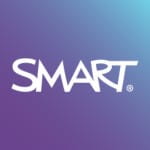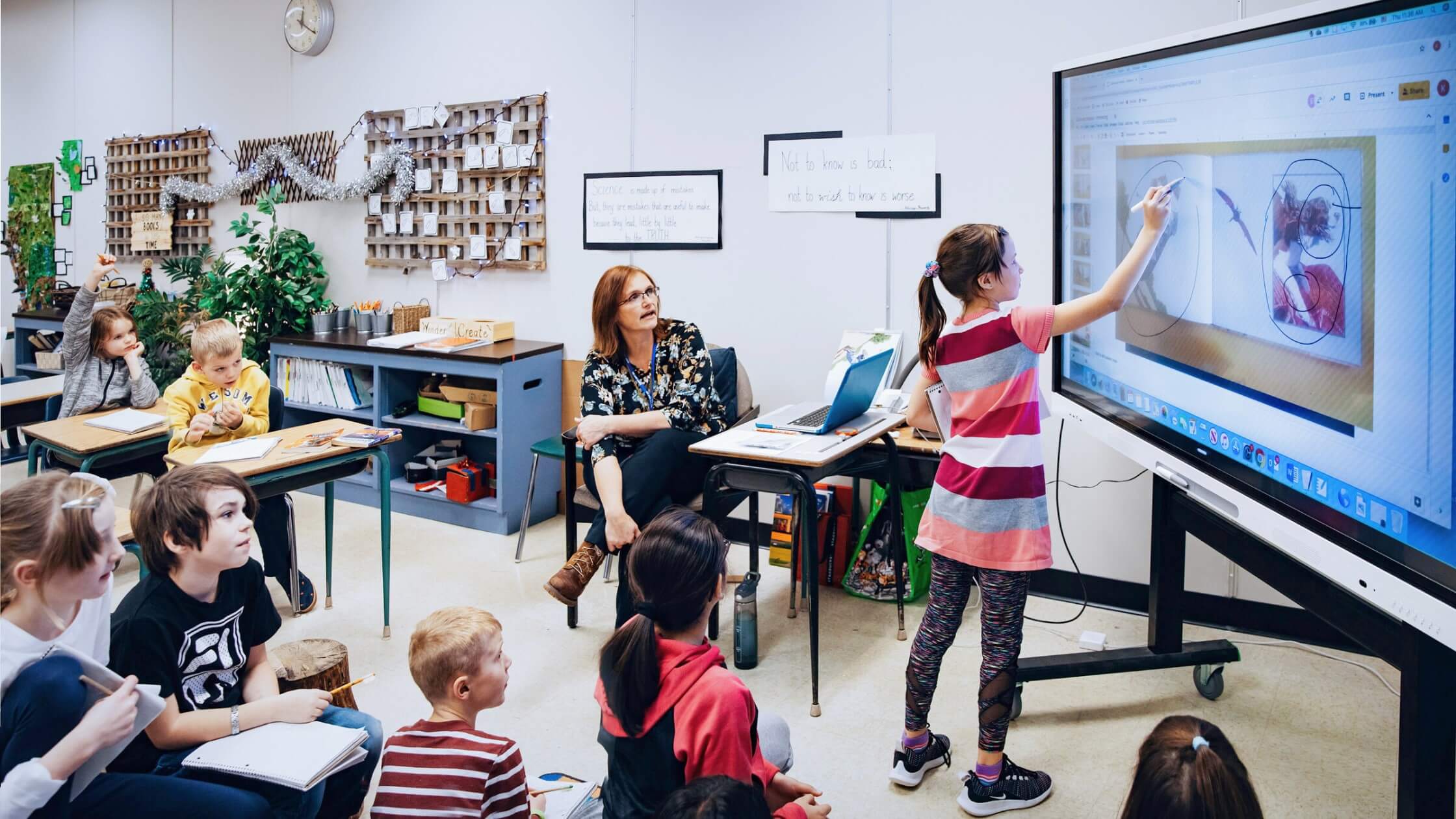Teachers have always known that learning starts with the connections they create with students. Those connections are vital when creating accessible education experiences that welcome all learners into the classroom.
Inclusive learning benefits everyone in the classroom, not just learners with diverse needs. According to the Diversity for Social Impact’s 2023 report, inclusive classrooms increased high school graduation rates by 6% and improved standardized test scores in countries like the UK, Canada, and Australia.
“The emotional connection we create is the base,” says Anthony Howell, assistive technology resource teacher with the Peel District School Board. “Then we add technology on top of it to create more accessible, more inclusive spaces that are universally designed for learning.”
Technology plays a significant role in engagement and access in the classroom, while giving students a literal and figurative voice to be heard by teachers and peers, according to Science Direct.
In this article on assistive technology in special education, we’ll explore:
- How technology drives impact for all learners
- Why addressing diverse needs begins with human connection
- Inclusive practices that increase access for learners
- Classroom tech: tools for inclusive learning
How technology drives impact for all learners
Technology opens communication and collaboration opportunities for all students, improving the connection between teachers and learners. For example, many students who aren’t drawn to pencil and paper are eager to use classroom tools that allow variety in how they participate and respond.
“In the real world, we’re moving away from pencil and paper being the core of our skills and instead relying on devices to do portions of our work,” says Howell.
The right tech helps teachers connect with students regardless of their learning style or location, offering accessible education and better learning evaluation.
“Technology is transforming education in a broad sense,” says Howell. “My favorite use of technology in the classroom is for formative student assessment. You can evaluate how lessons are delivered and readjust delivery if needed.”
Homebound learners are another group deeply impacted by the right tools and resources. Technology is critical to creating opportunities for learners who cannot join in-person classroom lessons. Whether the factors keeping a student from class are personal or external, tech can keep them connected and involved with what’s happening in the classroom.
Addressing diverse needs begins with human connection
Teachers are primarily responsible for education, and one of the key responsibilities of the role is to create a safe space for students. Students are more likely to participate when educators prioritize their comfort and safety.
“Personal connection always comes first,” says Howell. “Technology is complementary to the classroom and facilitates the human connection.”
Emotional connection that helps students feel safe in the classroom allows them to take more risks using technology tools. The right technology itself can increase this comfort, reducing the stigma that is often attached to being a diverse learner or using different tools than classmates.
There can be cognitive differences, diverse learning styles, or language barriers in any classroom, but emotional needs are just as crucial for educators to be aware of. Meeting learners where they are must begin with trust and a strong emotional connection.
Inclusive practices that support accessible education
Some practices can create more inclusive environments once students feel safe and connected in a classroom. Being flexible as an educator can help.
“There is no longer just one way to solve a math problem,” says Howell. “Really, there are multiple ways to get the same answer. This thinking is at the core of inclusive learning.”
It can be useful for teachers to have a gentler grasp on the curriculum and the pacing of the lessons they are trying to cover with the class. Some students may not get through the entire curriculum as written, but teachers can allow them to investigate areas they’re interested in through inquiry-based learning.
“Every learner has something to unlock,” says Howell. “What if we thought about learning needs the way we consider dietary restrictions? When we plan a meal, we ensure there is something for everyone at the table.”
Adjusting teaching to what’s happening in the classroom and how students feel can help educators cover more ground. Classroom tools facilitating student expression can help teachers meet their class’s needs in real time.
“Maybe math is usually best taught in the morning,” says Howell. “But don't force it if it’s not happening. Go for a walk, get out of the classroom, then come back and check in with students.”
Classroom tech: tools for inclusive learning
A flexible approach is just one component of creating inclusion in the classroom. The more teachers understand different learning needs, the more creative they can be in accommodating them. Assistive technology can bridge gaps to allow all students to participate and share their understanding.
For example, the SMART 6000S with Tool Explorer offers an engaging, interactive experience beyond what was once possible in a classroom. Learners who respond well to visual content make up about 65% of the population, so focusing on visuals is key to reaching as many students as possible.
“The SMART board does an excellent job of promoting universal learning design because it uses different kinds of tools,” says Howell.
These tools and manipulatives are stored within the board, easing use for students. All tools and lessons are available via embedded tech within the board, so teachers can simply log in and begin.
Tools like Lumio and Tobii Dynavox can help teachers support students to reach beyond any limitations and use their cognitive capacity to communicate, dramatically impacting non-verbal students.
“I know how quickly speech-language pathologists working with these tools recognized how beneficial it would be,” says Howell. “It’s night and day.”
The ability to re-imagine physical spaces to accommodate mobility needs is also essential. Walking up to write on an interactive display isn’t possible for all learners, but it isn’t the only option. Mobile, height-adjustable stands welcome all learners to participate with fewer physical obstacles.
The right technology and tools can supercharge the connections made in the classroom, creating new pathways to learning for all students. Learn more about the SMART 6000S or book a demo to explore how it could work for you.



